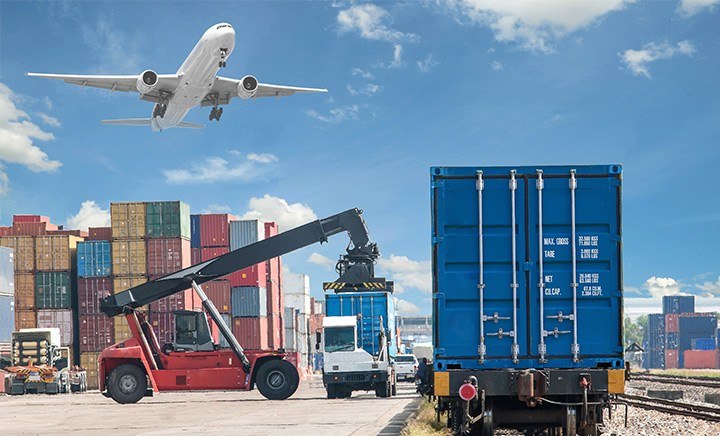 Get Curious
Strain Gauges, How does it work?
Get Curious
Strain Gauges, How does it work?
A Strain gage (sometimes referred to as a Strain Gauge) is a sensor whose resistance varies with applied force; It converts force, pressure, tension, weight, etc., into a change in electrical resistance which can then be measured.
 Get Curious
DwyerOmega | Blog | What are LVDT Sensors?
Get Curious
DwyerOmega | Blog | What are LVDT Sensors?
An LVDT is an electromechanical device used to convert mechanical motion or vibrations, specifically rectilinear motion, into a variable electrical current, voltage or electric signals, and the reverse.